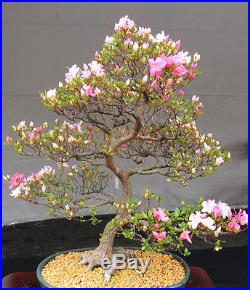
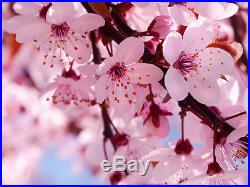
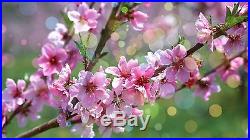
7 Japanese Flowering Cherry Blossom Bonsai Seeds, Fresh Exotic Rare Bonsai Seeds. INCREDIBLY EASY TO GERMINATE – ALONG WITH Japanese Flowering Cherry Blossom THESE ARE THE EASIEST EXOTIC BONSAI PLANT SEEDS YOU WILL EVER GROW! JAPANESE FLOWERING CHERRY (prunus serrulata). The Japanese Cherry is also called the Hill Cherry, the Oriental Cherry or the East Asian Cherry. It is a species of cherry native to Japan, Korea and China. It is known for its spring cherry blossom displays and festivals. Few trees exemplify the spirit of Japanese bonsai more than a lovely cherry in bloom. The abundant pink and white flowers are produced in clusters of two to five together at nodes on short spurs in spring. At the shortly after the flowers blossom, the black fruit begins to appear. The Japanese Cherry is deciduous tree with a short single trunk and a beautiful dense crown. The smooth bark is chestnut-brown with prominent horizontal lenticels. The leaves are arranged alternately with a short petiole and a serrate or doubly serrate margin. At the end of autumn, the green leaves turn yellow, red or crimson. How to Grow a Japanese Flowering Cherry Bonsai Tree From a Seed. Soak seeds into 40° C water for 24 hours. Plant the seeds 2 inches deep in a soil and perlite mix or a mulch based soil. The soil needs to be loose and moist, so that the roots can grow properly. Dense soil can potentially harm or kill and cherry tree. If you are planting outside, plant each seed about 12 inches away from each other and plant in the fall. If you are planting in a pot, place about 2-4 seeds per pot to insure at least one seed germinates. Place pot in the refrigerator for 4-6 weeks to stimulate stratifying in the winter. Or you can plant the seeds in the fall and place the pot outdoors. After the stratification process in the refrigerator, move your pot to a warm, sunny area, the seed should sprout within a couple of weeks. If you plan on planting it indoors, it does not matter what time of year you plant your seeds, as long as the seeds has been properly stratified, it will sprout. Make sure the soil is remains moist, but not dripping wet. Water soil as you see fit, once every two weeks perhaps. How To Take Proper Care Of Your Bonsai Tree. Bonsai is the reproduction of natural tree forms in miniature. This art form has its origin in Japan and China where it has been practiced for centuries. Bonsai are grown in pots and are totally dependent on you for their care. With proper care, your bonsai will remain healthy, beautiful and miniature for many years to come. Since your bonsai is a living miniature tree, it will increase in beauty as it matures through the years. A Japanese Flowering Cherry Bonsai is a living miniature tree and not a house plant; therefore, your bonsai must be maintained in a cool/cold environment during the winter season. As a guide, around Thanksgiving Day it is time to prepare your Bonsai for its winter dormancy period which should last approximately three (3) months. This can be accomplished in several ways. One method is to bury your tree in the ground (preferably without the pot) up to the rim of the container and then mulch up to the first branch. It is best to choose a location that is protected from wind and sun, but not rain or snow. A second method which is also common is to place your tree(s) in an unheated garage or shed. During this time, your tree does not require light because it is in a dormant state; however, it will require watering approximately every two weeks. Throughout the spring, summer and fall your bonsai should be placed outside, such as on a patio, balcony, terrace, or in a garden. Once outside, your bonsai should be positioned where it will receive sufficient sun – morning sun and afternoon shade is best. A bonsai can be viewed best when it is placed approximately three to four feet high (eye level), such as on a table, wall or bench. A Wisteria bonsai can and should be brought into the house on special occasions and displayed in a prominent place. Your Wisteria Bonsai should not remain inside for more than a few days at a time, as the atmosphere is detrimental to the health of your tree. The watering of your Bonsai must never be neglected. Apply water when the soil appears dry — never allow the soil to become completely dry. If your Bonsai is receiving full sun, it may be necessary to water once a day. This schedule may vary with the size pot, type of soil and type of Bonsai tree you own. Evaluate each tree’s water requirements and adjust your watering schedule to accommodate it. It is a good idea to use a moisture meter until you get to know the requirements of your Bonsai tree. Watering should be done with a watering can or hose attachment which should dispense the water in a soft enough manner as not to disturb the soil. Water should be applied until it begins running out of the holes in the bottom of your pot. A good rain is usually a sufficient watering. During the cold months, when your bonsai is inside, we recommend placing it in a shallow tray filled with a layer of gravel with water added. This provides extra moisture around the tree as the water evaporates and reduces the amount of moisture lost to modern heating systems. Fertilizing is also necessary if your bonsai is to remain healthy and beautiful. Since your bonsai is growing in such a small amount of soil it is necessary to replenish the soil’s supply of nutrients periodically. Any general-purpose liquid fertilizer will do fine and is available at most garden centers. We suggest that fertilizers be used at half their recommended strength. Fertilizer should be applied at least once a month except during winter. Your bonsai will also respond well to foliar feeding, with a water-soluble fertilizer applied every other month as a spray. This brief explanation of basic care does not cover training. Training deals with the art of bonsai and should be thoroughly understood before undertaking — or left to a professional. However, most of the true bonsai trees you find have already been through their training period, thus requiring only periodic trimming and pinching to remain miniature. Trimming and pinching keep your tree miniature. Pinch and trim back the new growth to the farthest safe point. Never should all of the new growth be removed. A little should be left to sustain the health of the tree. Tropical and sub-tropical trees used for bonsai will require periodic pinching and trimming throughout the year. Since different trees grow at different rates, it is necessary to evaluate each tree’s rate of growth and adjust your trimming and pinching to accommodate it. Repotting must be performed periodically on all bonsai when their root system has filled the pot. The reasons for repotting are to supply your tree with fresh soil, and to encourage a more compact root system. As a rule, most deciduous trees require repotting every two or three years, while evergreens only need to be repotted every four or five years. Since trees grow at different rates, this schedule will not always hold true, therefore, you should examine your tree’s root system each year to determine if it has become pot-bound. In most cases, the potting process is easy and safe if performed properly and at the right time of the year. Repotting should be done in mid-summer. The tree, along with all of its soil, should be removed from the pot. The outer and bottom most fourth of the tree’s root mass should be removed. This is done by raking the soil away, then pruning back the roots. In most cases, it is not good to prune back more than one fourth of the tree’s root mass. After this, the tree can be placed back in its original pot or into another. The pot should have screen placed over the drainage holes. Then a thin layer of small gravel is placed in the bottom of the pot for drainage purposes. On top of this gravel is placed the new fresh soil. Place a layer of well-draining soil which is sufficient enough to elevate the tree to its previous height in the pot. After placing the tree back in the pot, the area left vacant by the pruned root mass should be filled in with fresh soil. This fresh soil should be worked in around and under the root mass in such a manner as to avoid leaving any air pockets. After repotting, your bonsai should be thoroughly watered. This can be achieved by submerging the entire pot in a tub of water. Moss or other ground covers can be used to cover the surface of the pot to help prevent soil erosion when watering. The seeds can be sent to any destination in the World.. We aim to provide our customers with the highest quality product and service. As with all seeds 100% germination success should not be expected although we select varieties known for their relatively higher success rates. Every effort is taken to ensure the quality of our seeds. However, it should be noted that seed germination is dependent on many factors including Soil quality and conditions, temperatures and pests etc. Thank you for taking the time to review our listing. Sellers: Add a FREE map to your listings. The item “7 Japanese Flowering Cherry Blossom Bonsai Seeds, Exotic Rare Sakura Bonsai Seeds” is in sale since Thursday, April 09, 2015. This item is in the category “Home & Garden\Yard, Garden & Outdoor Living\Flowers, Trees & Plants\Bonsai\Seeds”. The seller is “didycy” and is located in Paphos, Paphos. This item can be shipped worldwide.
- Brand: Japanese Flowering Cherry Blossom
Tags: blossom, bonsai, cherry, exotic, flowering, japanese, rare, sakura, seeds
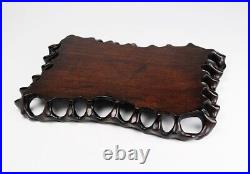

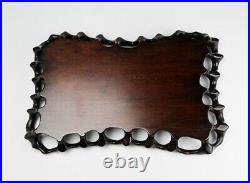
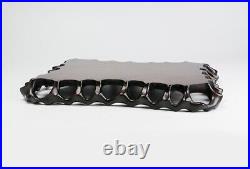
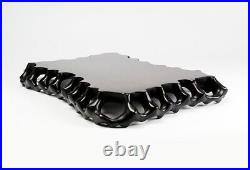
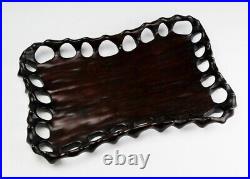

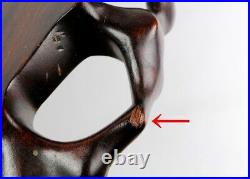
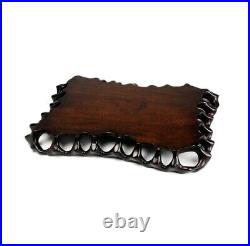
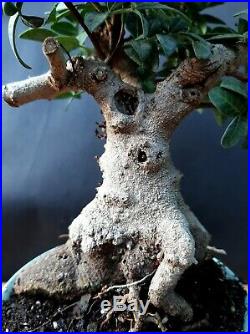
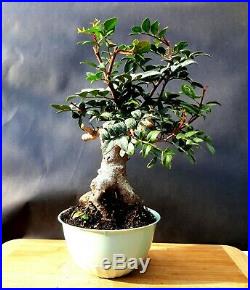
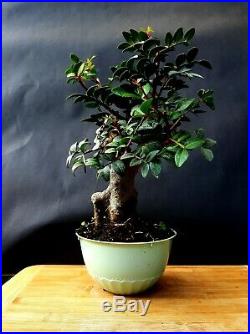
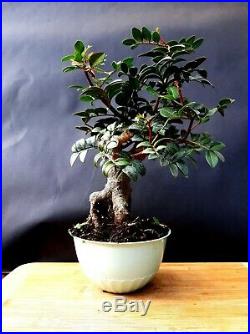
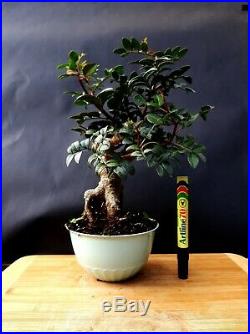
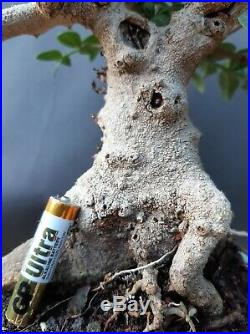
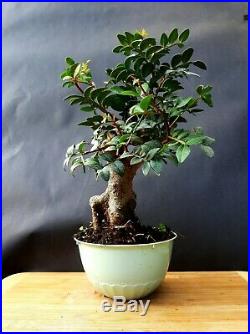
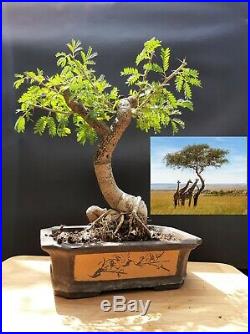
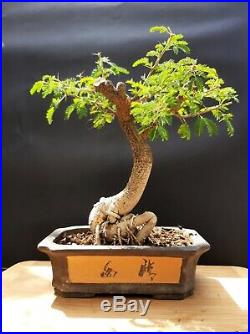

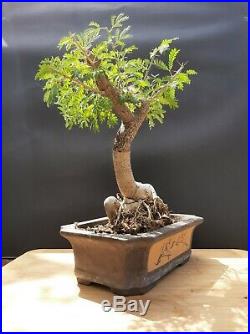
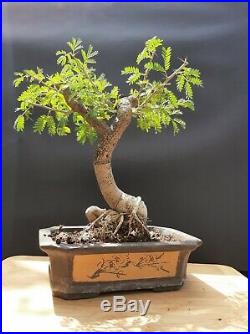

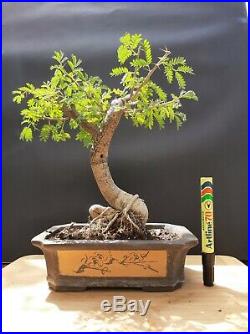
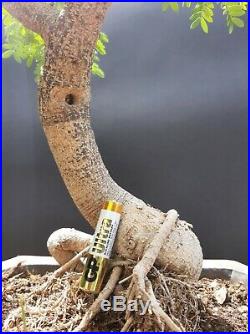
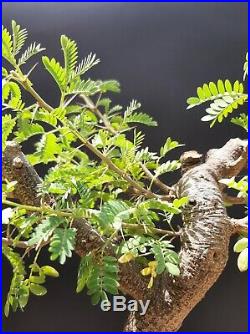

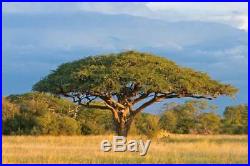
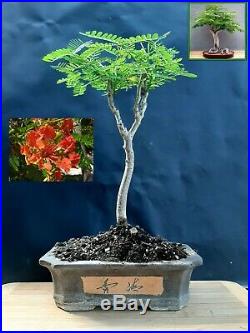
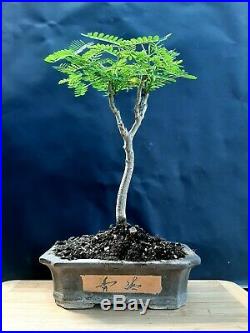
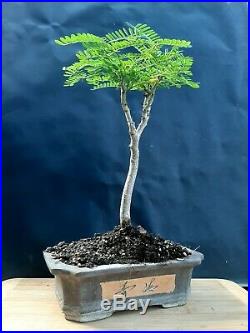
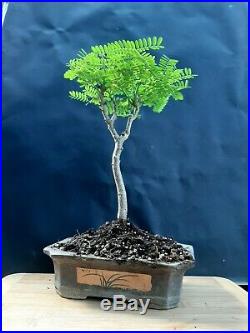
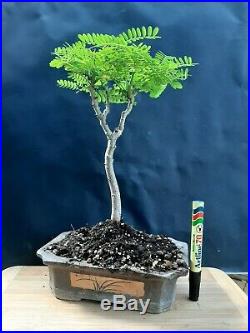
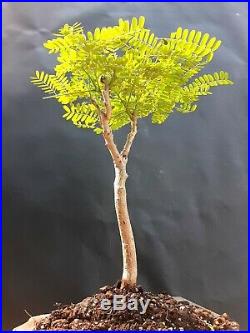
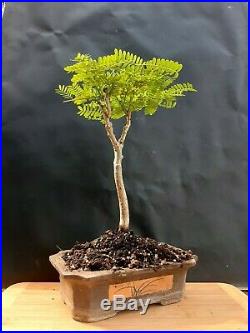
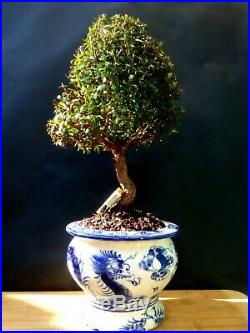

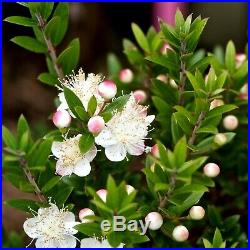
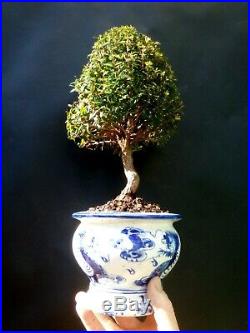
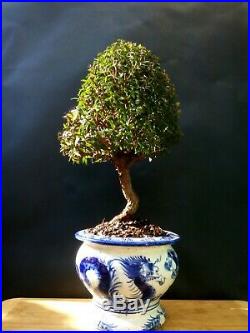
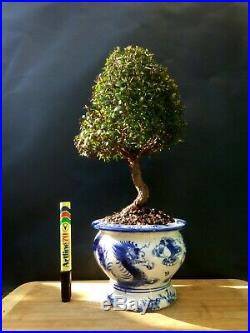

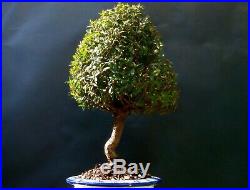
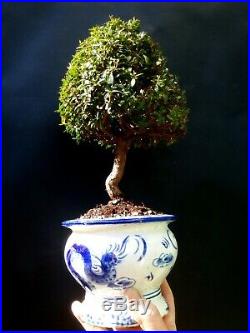
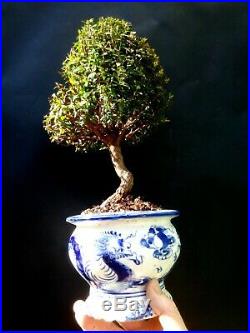
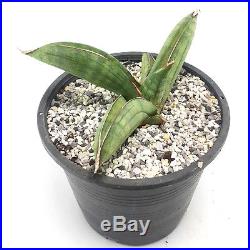
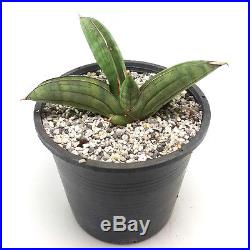
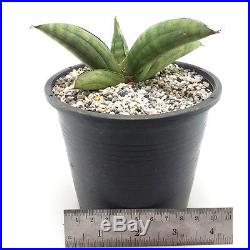
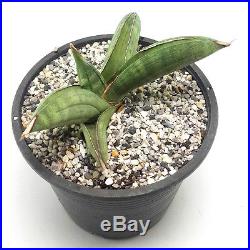
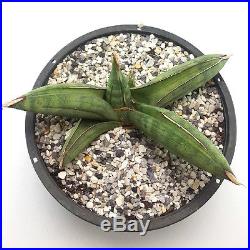
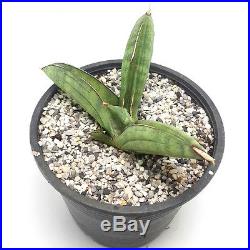
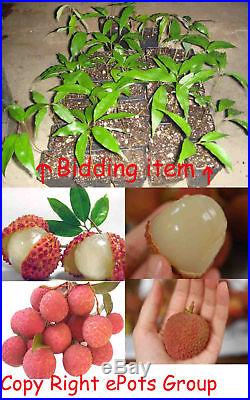
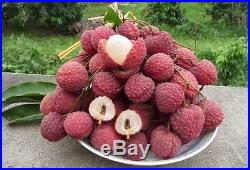
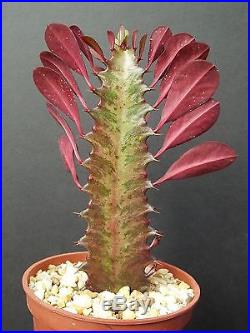
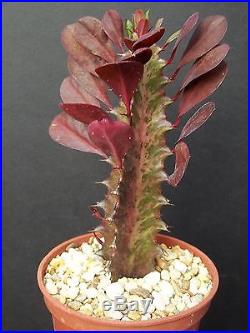
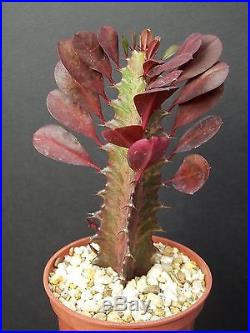
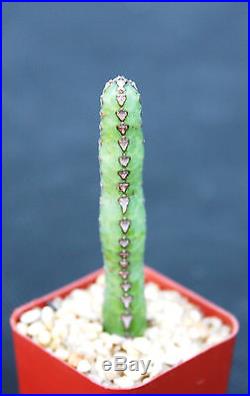
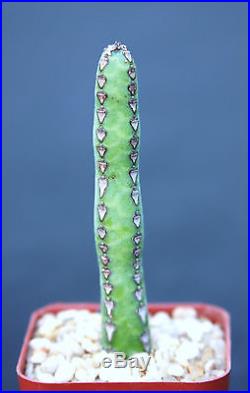



0